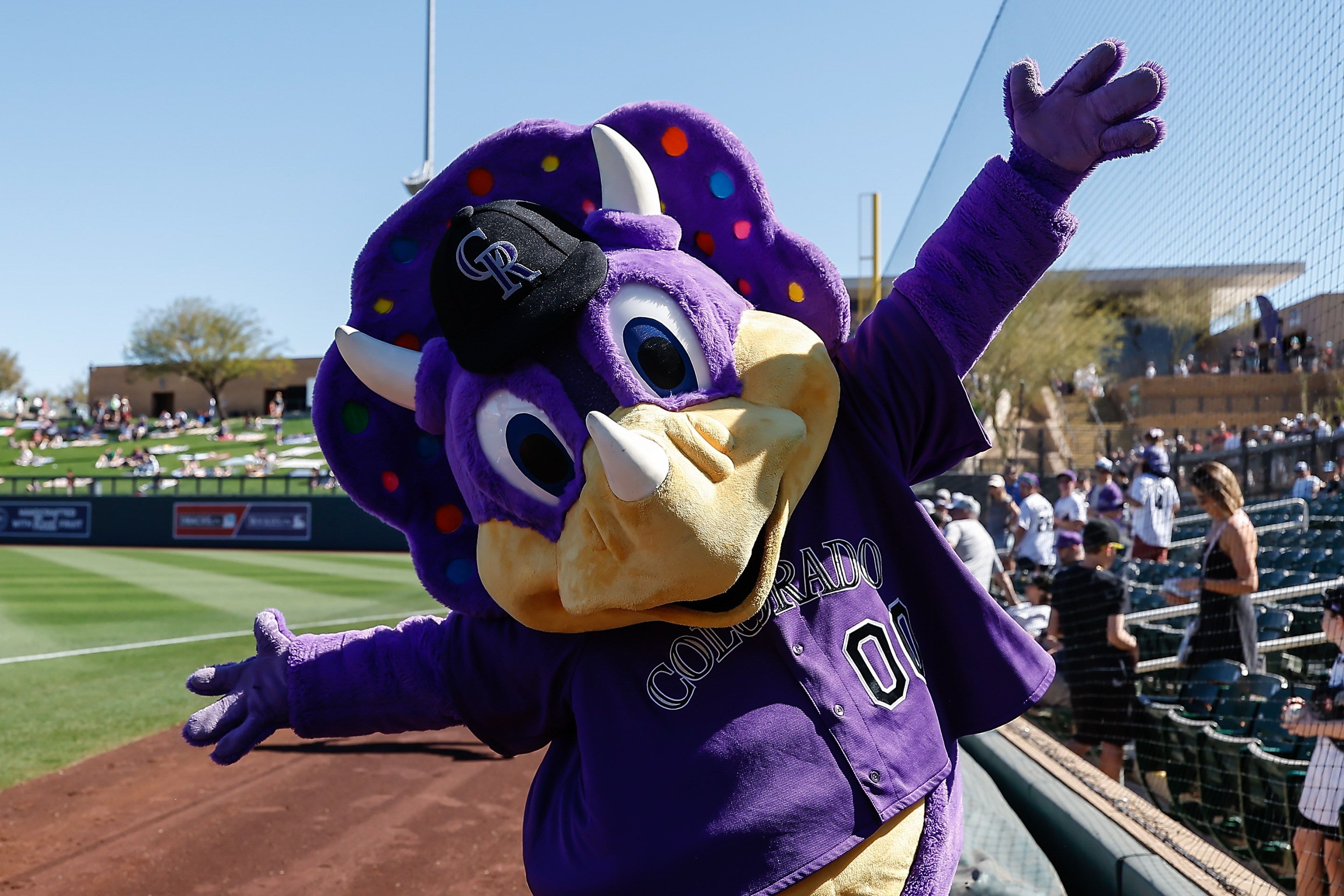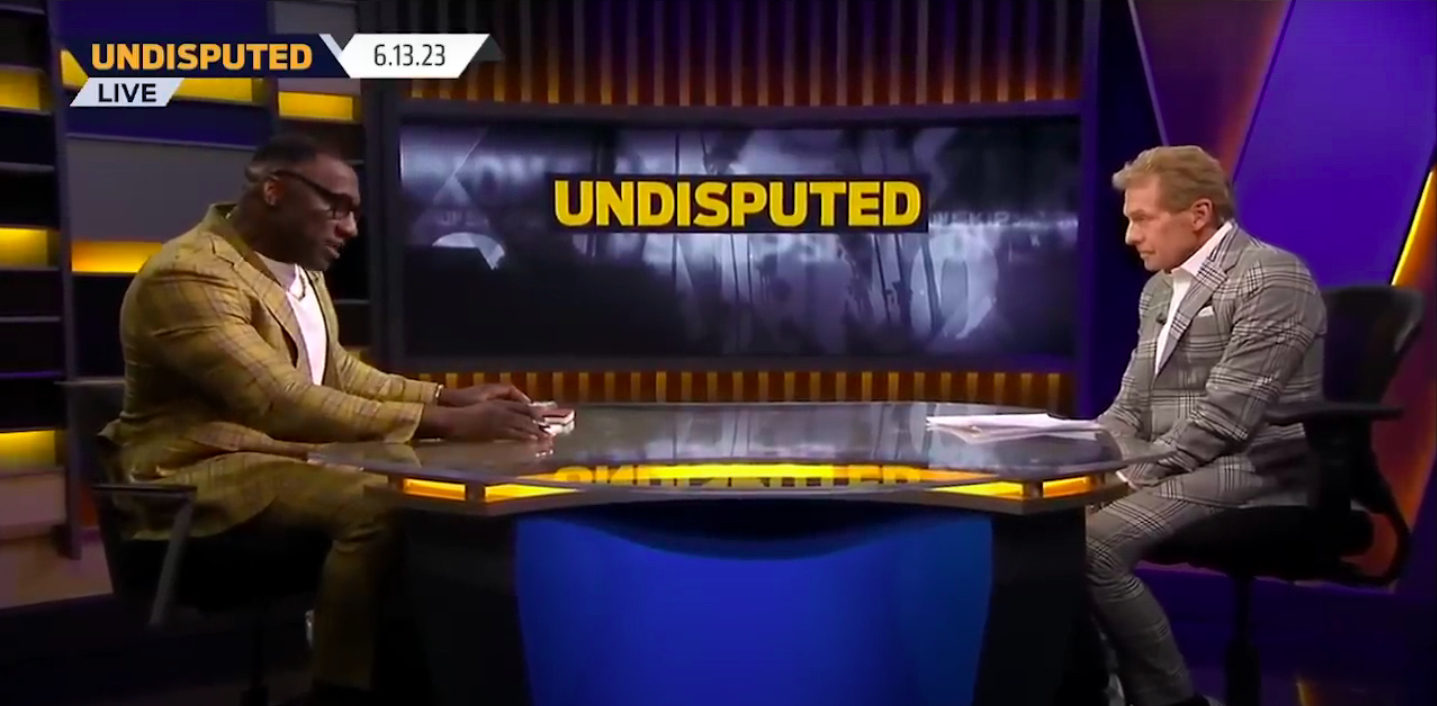You shouldn't really watch spring training baseball. Look at it from time to time, sure; let a game lay down a baseline level of low-intensity audio noise in the background by all means. It takes time to remember this, or just the length of one regulation winter to forget it. But as the days got longer and crueler and worse and the start of the baseball season began to feel less abstract despite being only slightly less distant, I tried to remind myself of this. There was going to be something that looked and sounded acceptably like baseball, and soon, and it was worth looking forward to that. But once it actually got here, I would need to remember not to overindulge. Let it back in, please and thank you, but do it like an IV drip—a little bit at a time, invisibly, to put some color in your cheeks.
Spring training is longer than it needs to be. It takes time for ballplayers to get back into playing shape, but nothing like the sort of time it took back when ballplayers spent their winters working second jobs or eating big greasy joints of mutton every night. Players do not arrive at spring training quite so wheezing and gouty anymore, or at least the percentage that arrive slicked in mutton sweat is lower than it was. MLB players stay in shape, they improve over the winter by refining their craft near the homes they own in states that don't have income taxes, or by throwing in front of high-speed cameras and coaches in converted warehouse spaces. But if it does not take a month and a half for contemporary ballplayers to look like contemporary ballplayers, it does take a while for the ballgames to look or feel like ballgames.
This is why spring training baseball is best approached as an ambient experience. It is a blessing to look up from whatever else it is that you might be doing or thinking about to see two players without names on the back of their jerseys, with double-digit uniform numbers beginning with 7 or 8 or 9, working through one of the most ragged at-bats imaginable. It is meaningful, if only in the same way that it feels meaningful that the sun stays up later, now—it's a sign that winter still ends, and even is ending, despite the fact that everything still sucks out there. But also it's not really baseball, and so you shouldn't really pay it even the amount of attention that baseball usually warrants. As with Hallmark movies, episodes of Law & Order: SVU, or whatever your room-tone television entertainment of choice, you have to be mindful not to look too closely. Paying too much attention will spoil it, you'll suddenly find yourself more invested in or frustrated by Lacey Chabert's attempt to Get Ready For The Harvest Festival than intended, or just notice Ice-T disgustedly saying "they found more semen over here" while Mariska Hargitay makes an indigestion face.
Yesterday, I made this mistake myself during a spring training game between the Colorado Rockies and Arizona Diamondbacks. This is not a game I would ordinarily watch, and I was not really watching this one so much as I was enjoying the sound of baseball-adjacent stuff happening in the background while doing other things. The Diamondbacks had loaded the bases with one out in the top of the fifth and actually that is not important. Forget all that. Just know that I looked up and right at the game, and wound up witnessing a three-run sacrifice fly. It looked like this:
What we have here is your classic "awkward drifting catch in deep center leading to lollipop throw back towards the infield that encourages a runner trying to score from second, followed by a relay throw that is just an absolute laser to the backstop like halfway down the third base line, which in turn leads to the ball caroming off the wall so hard that the runner who was on first scores without a throw as the catcher finally recovers the ball near the dugout on the first base side of foul territory" scenario. It is a baseball play made up of baseball-type things in roughly the same proportions that a hot dog is made up of things that would be identifiably edible on their own, which is to say that it is almost but also not remotely "actual baseball." There's something kind of bracing about it, the way that the ball and the players chasing it around or motoring around the bases are reliably in places that they are absolutely not supposed to be. But you wouldn't or shouldn't really call it baseball.
It doesn't matter, of course—it is the first week of spring training games, the runs and errors and single RBI recorded on this play will disappear at the end of spring training and barely count even now. Even the Rockies, a bad team that went on to win this game by a score of it's not important forget it, will not do this again during the regular season. By the time the season starts, they will be playing baseball, and by the time the season starts the rest of us will be ready to watch it. Until then, it is best to remember that we're all still remembering how to do all this. Go slow. It takes time to get back into game shape, and for the games themselves to beat themselves back into a more identifiably game-like shape.






